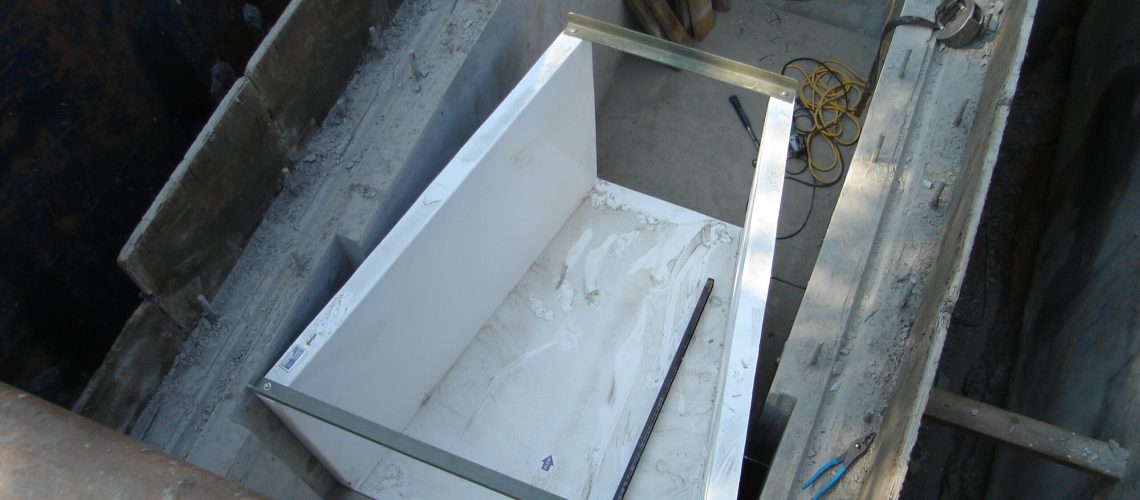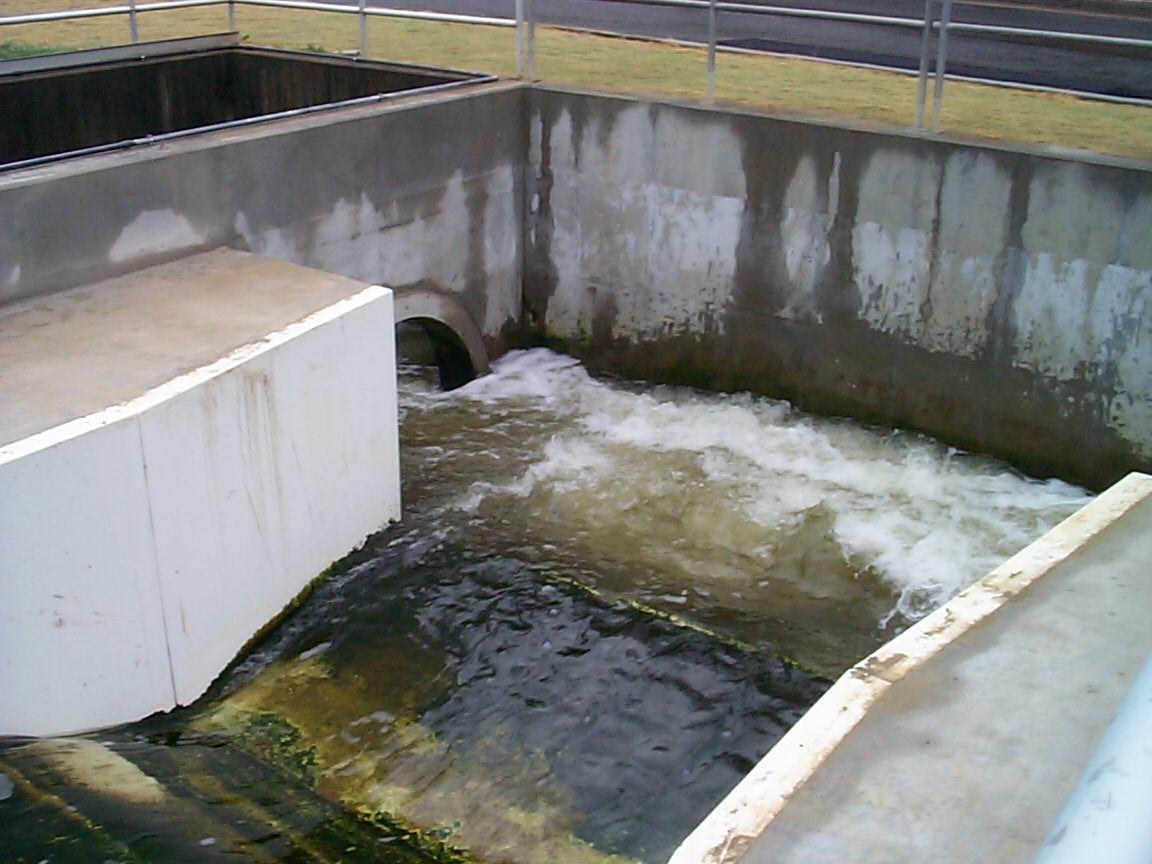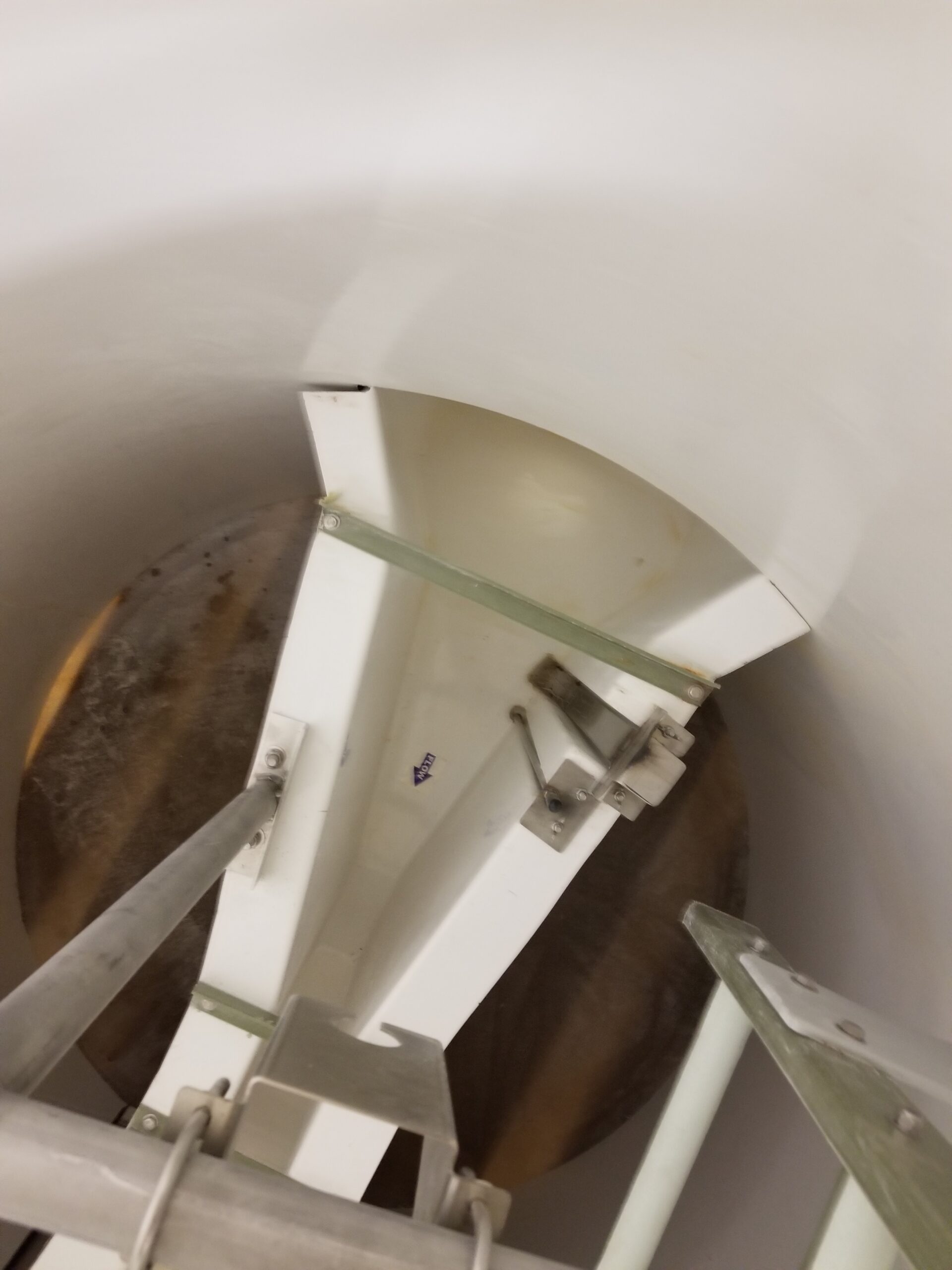One of the most important aspects of any flume system is the wing wall set. Flumes are typically narrower than the flow channel they’re set in, so wing walls are designed to direct the flow into the flume properly without any of it bypassing the measurement area. To get the most out of wing walls, however, you’ll need to learn the basics. Discover what wing walls are, and find out how to implement them into your flume.
Inlet
On the inlet side of the flume, you’ll need wing walls that direct the flow into the flume. Typically, they should be set at about a 45-degree angle, though you can make the angle less if necessary. What matters most is that the walls don’t exceed 45 degrees, as that can create waves that throw off your measurements because the head will be either over or under indicated.
If you want to take a different approach to inlet wing walls, you can use ones with a radius to them. These wing walls are curved rather than flat, eliminating the hard angle that the flow will hit on the way in. Instead, the end of the wing wall will be parallel to the wall of the flume itself, ensuring a smooth transition from the flow approach to the flume. Just keep in mind that no matter which inlet wing wall type you choose, you may need a skirt to ensure that no part of the flow can bypass the flume.
Outlet
Unlike inlet wing walls, outlet wing walls are set on the end of a flume in which the flow enters the flow channel after passing through the flume. The primary purpose of outlet wing walls is to prevent any problematic downstream conditions that can cause problems for flume measurement efforts. Downstream scour can especially be a problem in cases where outlet wing walls are missing or aren’t doing their job properly.
In most cases, outlet wing walls are installed perpendicular to the flow channel and the flume’s sidewalls. This is to ensure that the downstream doesn’t impact the flume itself and to help keep the flume grounded and steady. You may want to gradually transition back to the flow channel from the flume, however, if you’re dealing with more natural flow channels with dirt rather than artificial channels like pipes or concrete channels.
Wing Wall Material
While the orientation of the wing walls plays more of a role than the material they’re made of, it’s still a factor you need to consider. Fortunately, you can use all sorts of different materials for a wing wall. You’ll find some made from concrete or sheet metal, while some are made from timber or even just packed dirt. If you want to get the most out of your wing walls, however, there’s no better option than fiberglass.
When you opt for fiberglass wing walls, you can enjoy reliable performance that will last you for years, and they’re relatively affordable due to the lack of maintenance costs down the line. Plus, you can get wing walls that are crafted as a part of your flume if you opt for a singular fiberglass piece. The seamless transition from flume sidewall to wing wall will virtually eliminate any potential turbulence caused by the wing walls.
Flumes From Tracom
If you’re looking to upgrade your flume with wing walls or get an entirely new fiberglass flume, Tracom is your best bet. Our fiberglass wastewater products & flume accessories are state of the art, and you can work with our team to find the best fit for your unique flow channel needs. Contact us today to get started!





